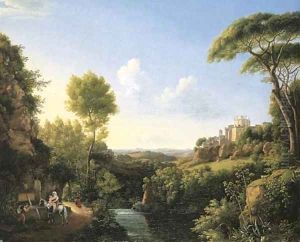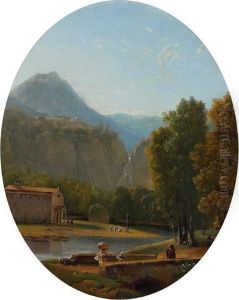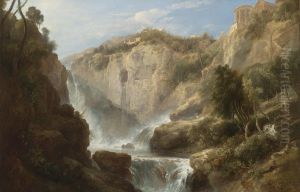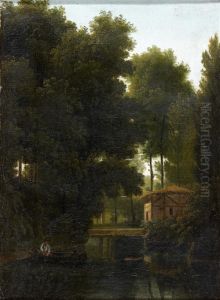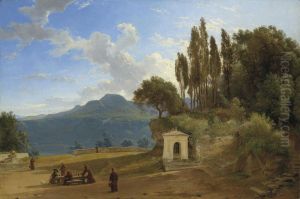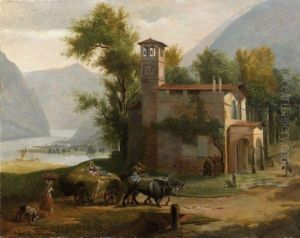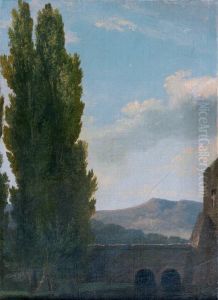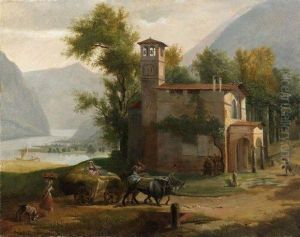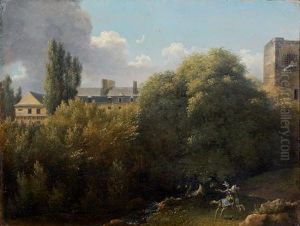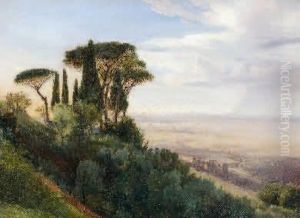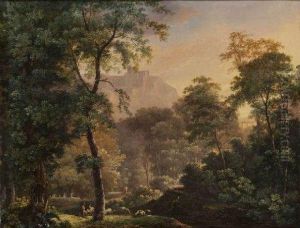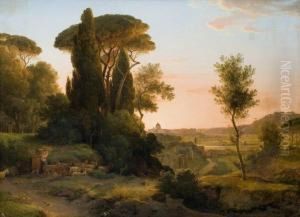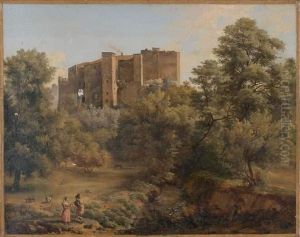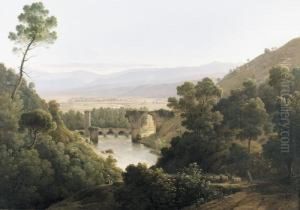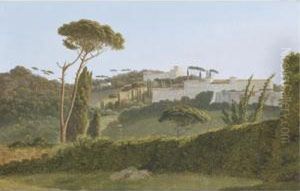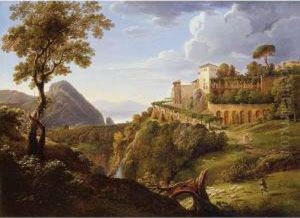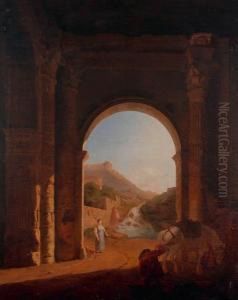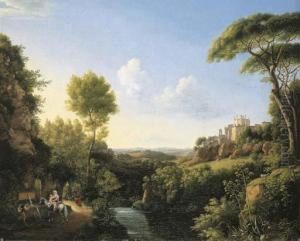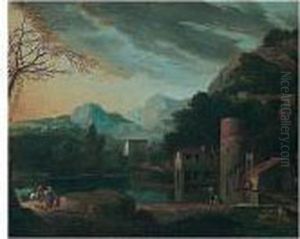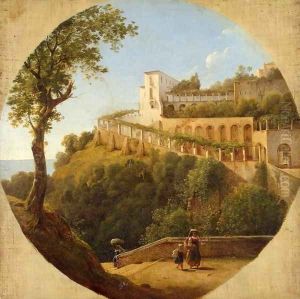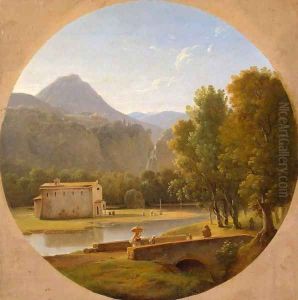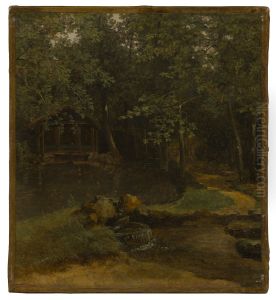Pierre-Athanase Chauvin Paintings
Pierre-Athanase Chauvin was a French painter and engraver born in 1774 in Alençon, France. His artistic career unfolded during a tumultuous period marked by the French Revolution and the Napoleonic Wars. Chauvin's work is less known compared to the prominent artists of his time, and therefore, detailed accounts of his life and work are relatively scarce. Despite this, Chauvin contributed to the world of art with his own unique style and thematic preferences.
Chauvin's early life and training in art remain somewhat obscure. However, it is known that he was active in Paris during the late 18th and early 19th centuries. He likely received formal art education, as was common for artists of the period, which would have included the study of drawing, painting, and possibly engraving.
During his career, Chauvin produced works that exhibited the neoclassical style popular in France at the time, which was characterized by a return to classical antiquity's simplicity, harmony, and proportion. His subjects often included historical scenes, portraits, and occasionally, religious themes. Chauvin's engravings and paintings might have been influenced by the revolutionary sentiments of the era, reflecting the societal changes and the emergence of modern Europe.
Despite the potential historical significance of his works, Chauvin's reputation does not seem to have attained the heights achieved by some of his contemporaries. Artists like Jacques-Louis David and Jean-Auguste-Dominique Ingres dominated the artistic scene with their powerful neoclassical canvases, leaving lesser-known artists like Chauvin in their shadow.
Pierre-Athanase Chauvin passed away in 1832. Although he may not be widely recognized today, his contributions to French art provide a glimpse into the rich tapestry of European artistic endeavors during a period of significant social and political transformation. His works remain a testament to the diverse range of talents and perspectives that thrived during the late 18th and early 19th centuries.
